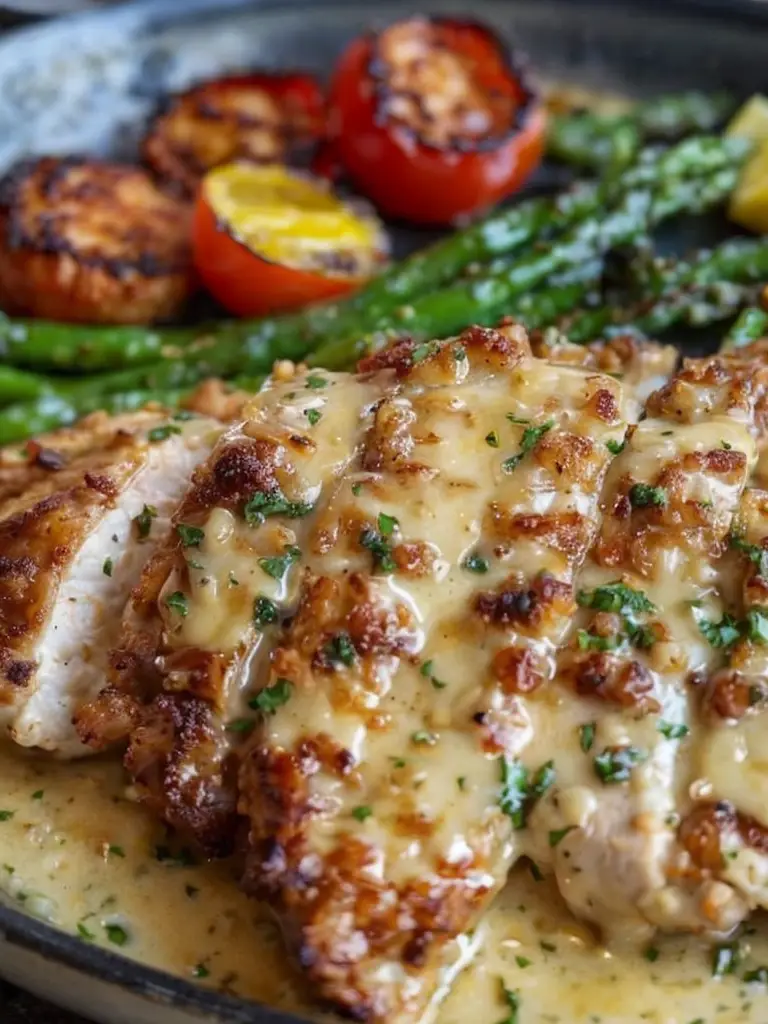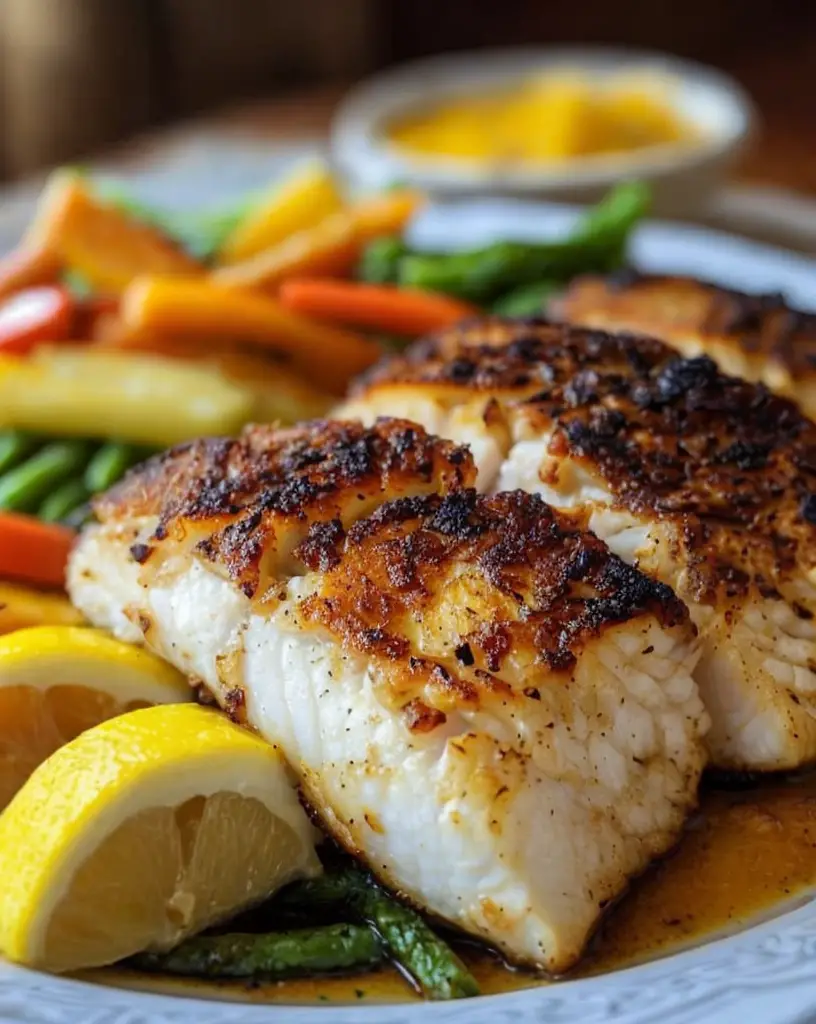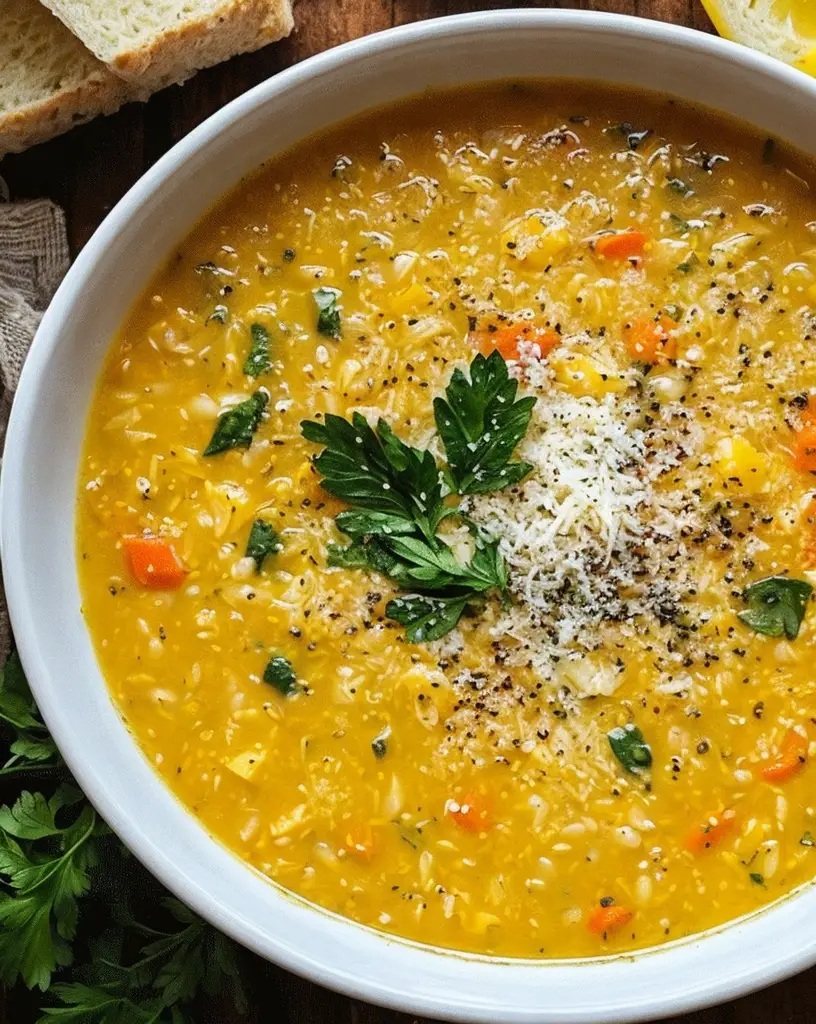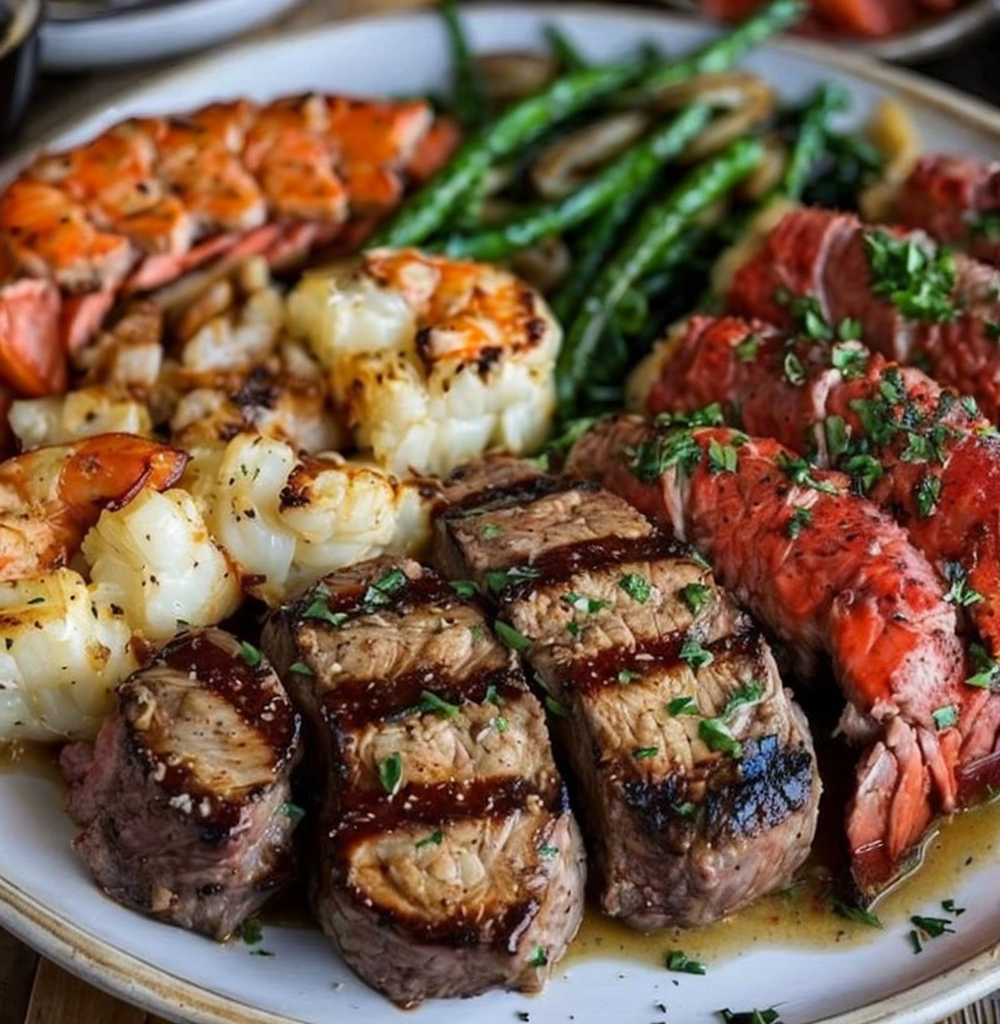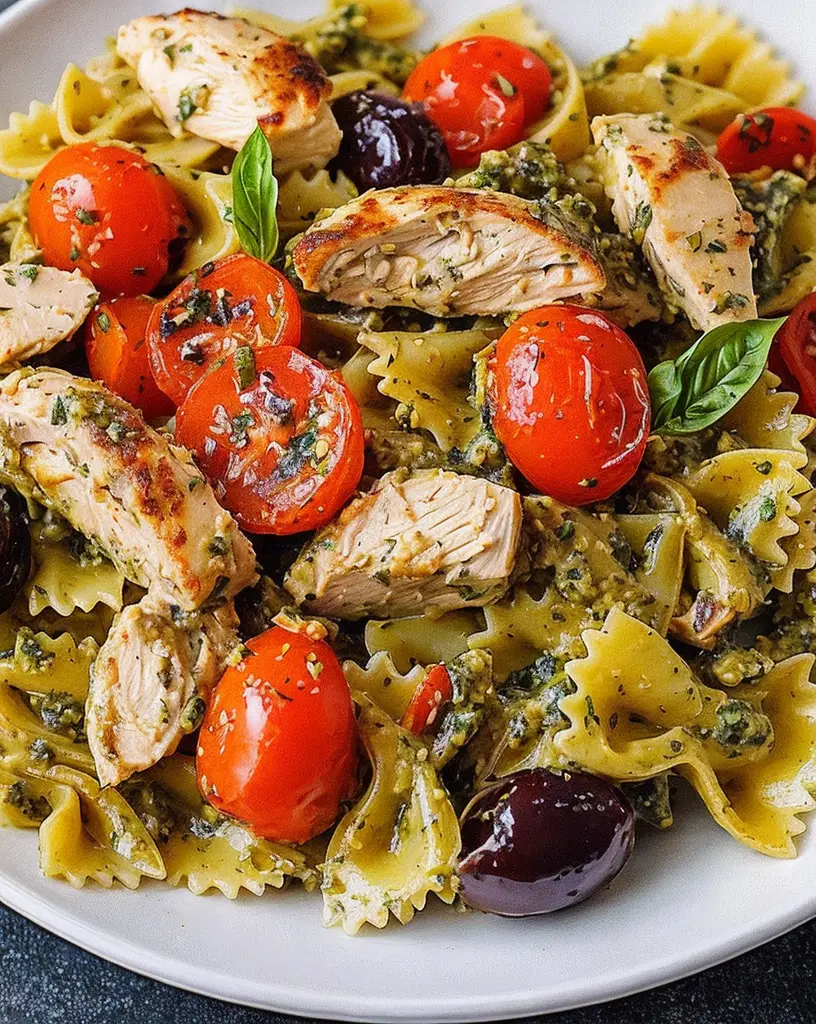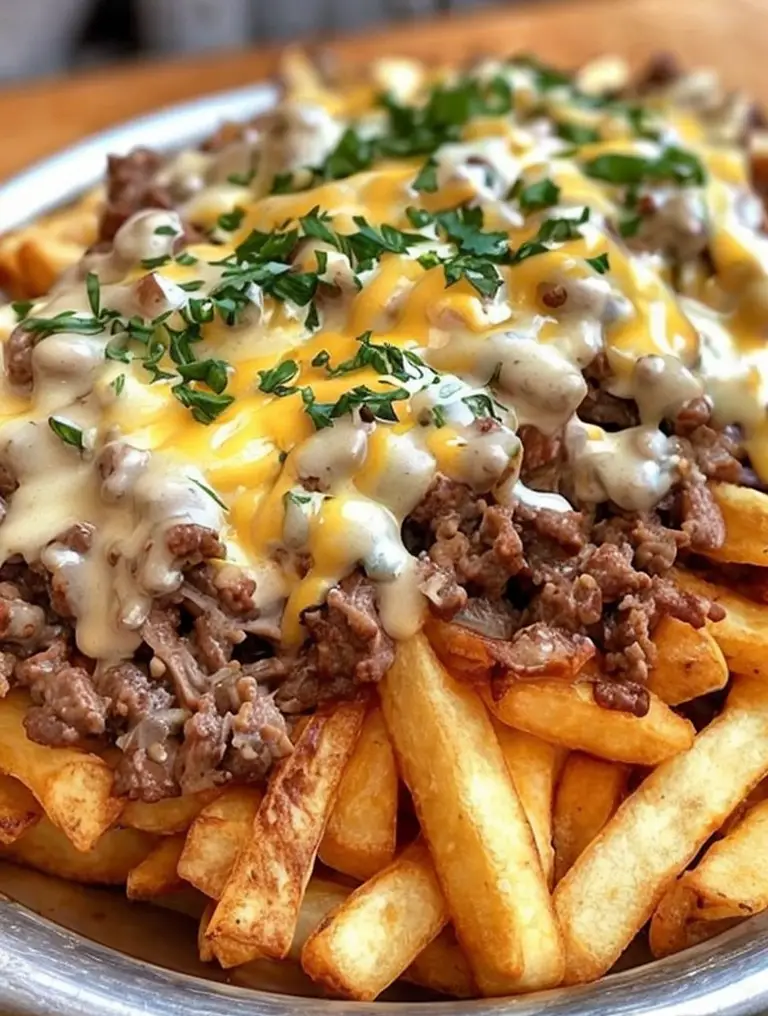Longhorn Steakhouse Parmesan Crusted Chicken: A Savory Delight
This Longhorn Steakhouse Parmesan Crusted Chicken recipe is a taste explosion of crunchy parmesan crust and moist, tender chicken. Infused with garlic and herbs, every bite is packed with bold flavors that are irresistibly delicious. Perfect for family dinners or entertaining, this dish will have everyone asking for seconds. The combination of savory and creamy cheese topping offers a rich taste that brings comfort and indulgence to your plate.
Quick Recipe Highlights
- Flavor Profile: The recipe boasts a harmonious blend of garlic, parmesan, and herb flavors, creating a tantalizing symphony on your palate. The cheddar cheese sauce adds a creamy depth.
- Texture: Expect a satisfying crunch from the parmesan crust, balanced by the tender juiciness of the chicken breast.
- Aroma: Freshly grated parmesan and fragrant herbs fill your kitchen with a mouthwatering aroma that beckons everyone to the table.
- Visual Appeal: Golden-browned crust and vibrant herbs create a visually appealing dish perfect for presentation.
- Skill Level Needed: Ideal for home cooks with intermediate skills, this recipe involves making a crust and a cheese topping.
- Special Equipment: A baking dish or an oven-safe skillet is essential for toasting the parmesan crust perfectly.
Recipe Overview
- Difficulty Level: While not overly complex, requires precise timing and care to perfect both the chicken and the parmesan crust.
- Category: A versatile main course dish fit for weekday dinners or elegant parties.
- Cuisine: A fusion of Italian and American influences, offering rich flavors synonymous with both traditions.
- Cost: Moderate-cost ingredients mostly available at any supermarket, with special cheeses being the key staples.
- Season: Best enjoyed year-round, presenting a hearty dish ideal for cozy winter nights or festive summer gatherings.
- Occasion: Perfect for family dinners or special celebrations, this dish offers a touch of sophistication to any meal.
Why You’ll Love This Recipe
The Longhorn Steakhouse Parmesan Crusted Chicken provides a taste and texture experience unlike any other. The crispy parmesan crust contrasts beautifully with the tender, juicy chicken, offering a crunchy exterior enveloping a flavorful interior. With just a few staple ingredients and simple preparation steps, this recipe comes together quickly, making it a convenient choice for weeknight dinners without skimping on flavor. It also brings nutritional benefits by using lean protein and keeping rich toppings proportionate for a balanced meal.
Entertaining takes on a delightful ease with this dish as its presentation and simplicity make a professional impression without the hassle. Despite the gourmet feel, this recipe is budget-friendly, using ingredients largely available in your pantry. Its adaptability to various dietary preferences makes it an inclusive choice, ensuring everyone around your table can enjoy its magic.
Historical Background and Cultural Significance
The origins of the Parmesan Crusted Chicken can be traced back to Italian culinary traditions, where parma’s revered cheese and herbs were often used to elevate poultry dishes. Over time, American cuisine adopted and morphed this concept into a beloved recipe treasured for its balance of flavor and ease of preparation. This dish has evolved to capture the richness of both cultures, seamlessly blending Italian artistry with American culinary convenience.
Within regions across Italy and America, variations of the crust and sauce add a unique flair, demonstrating local preferences and adaptations. The recipe has significantly impacted dining trends by showcasing how humble ingredients can be used innovatively for extraordinary results. Today, this savory delight is welcomed warmly in homes and upscale restaurants alike, savored not only for its taste but also its story of tradition and fusion.
Ingredient Deep Dive
Chicken breasts form the base, providing lean protein that easily absorbs marinade flavors, ensuring each bite is juicy and flavorful. Choose fresh, organic cuts when possible for superior taste and quality. Store chicken in the coldest part of your fridge and cook it within two days of purchase to preserve freshness.
Parmesan cheese is a paramount element, chosen for its bold, nutty flavor that crisps beautifully atop the chicken. When selecting parmesan, opt for blocks rather than pre-grated versions to maximize flavor. Grate only as needed, and store unused portions tightly wrapped in the cheese drawer of your refrigerator.
Common Mistakes to Avoid
- Not marinating the chicken long enough reduces flavor absorption; ensure at least 30 minutes for optimal results.
- Skipping the step of patting the chicken dry prior to coating leads to a soggy crust.
- Using low-quality parmesan affects both the flavor and texture, diminishing the crust’s potential crispness.
- Avoid overcrowding the baking dish to ensure even heat distribution and prevent steaming rather than crisping the crust.
- Cooking on too high a temperature can result in a burnt crust before the chicken is cooked through.
- Failing to preheat the oven adequately will inhibit attaining a crunchy parmesan topping.
- Overcooking the chicken leads to a dry interior; instead, time precisely or use a meat thermometer.
- Replacing fresh herbs with dried ones preemptively without adjusting the quantity impacts the recipe’s subtle flavor balance.
Essential Techniques
Marinating the chicken ensures profound seasoning and juiciness. Be consistent with marination times to ensure consistent results.
Mastering the orid of the parmesan crust entails patience and adherence to correct temperatures. Maintain an even layer for uniform crunch.
Perfecting the cheese sauce requires a gentle simmer, ensuring even melting to enhance the chicken without overpowering it.
Proper doneness for chicken involves visually checking and possibly using a meat thermometer; alertness to subtle cues is crucial for achieving the succulent texture intended.
Pro Tips for Perfect Longhorn Parmesan Crusted Chicken
Rub the chicken with a garlic clove before marinating for an extra flavor boost.
Allow the chicken to come to room temperature before cooking; this aids in even cooking.
For maximum crust crunchiness, finish under the broiler for the last few minutes.
Pair with a simple side salad dressed in a lemon vinaigrette to cut through the richness.
Grate your parmesan at room temperature for easier handling and enhanced flavor.
Experiment with herbs like thyme or rosemary in the crust for varied aromatic profiles.
Variations and Adaptations
Regionally, ingredients like sun-dried tomatoes or a sprinkle of oregano can add distinct flair. For a seasonal touch, incorporate asparagus or cherry tomatoes into the pan.
Adapt for low-carb diets by swapping breadcrumbs for almond flour in the crust. Flavor expansions can utilize chili flakes for heat or lemon zest for a citrus kick.
For texture variation, consider a panko breadcrumb mix for the crust, providing additional crunch that complements the parmesan.
Transform presentation by slicing the chicken and arranging it attractively over a bed of greens, accentuating both the beauty and freshness of the dish.
Serving and Presentation Guide
Artful plating involves slicing the chicken diagonally and slightly overlapping the pieces for a professional presentation. Garnish with fresh parsley or basil for color contrast.
Traditionally, accompany with mashed potatoes or pasta al dente, staying true to the dish’s Italian essence. For a modern spin, serve with grilled vegetables.
Serve warm for optimal texture and aromatic notes, dividing portions equitably for a balanced meal that satisfies without overwhelming.
Wine and Beverage Pairing
A lightly oaked Chardonnay accentuates the chicken’s richness and glass atop the cheese’s nutty undertones. For those preferring non-alcoholic options, a sparkling apple cider adds a refreshing zing.
Coffee complements are limited due to the savory nature of the dish, but a post-meal espresso can cleanse the palate.
Serving chilled or room temperature enhances the dish’s depth, allowing nuanced flavors to emerge.
Storage and Shelf Life
To store leftovers, cover securely in an airtight container and refrigerate for up to three days. Freezing is not recommended due to the crust’s potential sogginess upon reheating.
Always use foil to tent when reheating, reserving moisture without jeopardizing crunch. A brief reheat in the oven restores both taste and texture capably.
Make Ahead Strategies
Prepare the chicken marinade early and keep it covered in the fridge, allowing flavors to intensify for up to 24 hours.
Assemble crust ingredients, storing separately for freshness, assembling prior to baking. Reheating remains unadvised; however, prepped ingredients permit swift day-of assembly with ease.
Scaling Instructions
To halve, reduce ingredient quantities evenly, ensuring measurement precision. For larger gatherings, double or triple accordingly, factoring in oven capacity and heat distribution for consistent cooking results.
Maintain ratios while scaling to sustain the balance of flavors, and be mindful of storing excess portions appropriately.
Nutritional Deep Dive
Chicken is a low-fat protein powerhouse supporting muscle growth, paired here with beneficial monounsaturated fats from olive oil used in the crust.
Vitamin-rich parmesan contributes calcium, crucial for bone health, while fresh herbs present antioxidants.
Monitoring portion sizes allows this indulgent dish to fit seamlessly within a balanced diet, offering both decadence and dietary support.
Dietary Adaptations
For gluten-free versions, swapping breadcrumbs for a gluten-free alternative is crucial. Adjustments for vegan adaptations are complex but possible with plant-based proteins and vegan cheese.
Including avocado oil instead of butter reduces saturated fats for heart-healthy iterations.
A keto-friendly approach might replace traditional carbs on plate sides with leafy green salads or sautéed vegetables.
Troubleshooting Guide
Supple chicken lacking the crust’s crisp texture indicates improper oven settings; ensure the right heat levels and time under the broiler.
Unwanted dryness stems from overcooking; maintain strict timing to optimize juiciness.
Recalibrate ingredient proportions if you encounter sauce imbalance; adjustments are key when wet toppings overpower delicate flavors.
If kitchen tools prove insufficient for task completion, consider adapting via more proactive monitoring or incremental cooking strategies.
Recipe Success Stories
Feedback praises its elegance and ease, effortlessly able to be tailored to taste. Community highlights have celebrated holiday meals elevated by this recipe’s presence. Adaptive versions witness-customization ripe for sharing creatively divergent yet fundamentally harmonious recols.
Readers have encountered; ranging from beautifully seasoned earlier-in-the-day dishes to sumptuous results bearing surprisingly modest preparation time.
Frequently Asked Questions
1. Can I use frozen chicken?
Yes, but ensure it’s fully thawed before starting the recipe for even cooking.
2. What’s an alternative to parmesan?
Asiago or Romano cheeses provide a similar nutty flavor profile.
3. Can I add more cheese sauce?
Certainly, adjust to preference while monitoring to prevent excessive moisture.
4. How do I keep the chicken moist?
Properly timing cooking and resting it for a few minutes before serving aides juiciness retention.
5. What’s a go-to side?
Garlic green beans or a fresh Caesar salad flawlessly complement the dish.
6. Can I grill instead of baking?
Yes, though textures will differ slightly; maintain core steps for consistency.
7. Is marinating critical?
For optimum flavor, yes. Skipping reduces taste impact – ideally allow partial marinades at a minimum.
8. What wine pairs best?
Chardonnay’s depth complements the cheese, working symbiotically to enhance flavor layers.
9. Any microwave reheating tips?
Microwave on low, focusing on gradual heat for the best results.
10. Can additional herbs be added?
Certainly, basil, thyme, or rosemary introduce complementary aromatic notes.
11. Is crust customizable?
Absolutely, Experiment with various parmesan-to-panko ratios to favor desired textures.
12. Any garnish suggestions?
Freshly chopped parsley or cherry tomatoes enhance visual allure.
Additional Resources
Browse our comprehensive guides on cheese varieties for further cheese insights, and explore seasonal recipes to pair ideally alongside this dish. For complementary techniques and equipment, uncover steely sharp skills from our culinary tool recommendations.
Join the Conversation
Share your creation on social media using #ParmesanDelight. Elevate photography via natural lighting and crisp elements for supreme capture. Feedback drives discussions, where sharing your experiences, suggestions, and successes propels collective culinary evolution. Enthusiastically delve into exchanges, connecting with passionate enthusiasts shaping ongoing tradition.
The Recipe
Longhorn Steakhouse Parmesan Crusted Chicken
Serves: 4
Prep Time: 20 mins
Cook Time: 25 mins
Total Time: 45 mins
Kitchen Equipment Needed
- Baking dish or oven-safe skillet
- Mixing bowls
- Meat thermometer
- Whisk
- Zester (optional)
Ingredients
- 4 boneless, skinless chicken breasts
- 1 cup grated Parmesan cheese
- 1 cup panko breadcrumbs
- 1/2 cup grated cheddar cheese
- 1/4 cup melted butter
- 2 tablespoons olive oil
- 2 cloves garlic, minced
- 1 teaspoon Italian seasoning
- Salt and pepper to taste
Directions
- Preheat your oven to 350°F (175°C).
- In a mixing bowl, combine 1/2 cup Parmesan and panko breadcrumbs, seasoning with Italian herbs, salt, and pepper.
- Pat the chicken dry, then rub with minced garlic and a little olive oil for flavor.
- Place the chicken in a baking dish. Top with parmesan and breadcrumb mixture, pressing slightly to adhere.
- Drizzle with melted butter and bake for 20 minutes.
- Sprinkle cheddar on top, then broil for 5 minutes until the crust is golden and cheese melted.
- Use a meat thermometer to ensure chicken reaches 165°F internally. Allow resting before serving.
Recipe Notes
- For an added kick, mix in some chili flakes with the Parmesan topping.
- Balance flavors with a side of lightly dressed greens.
- This dish pairs beautifully with light-bodied white wines.
